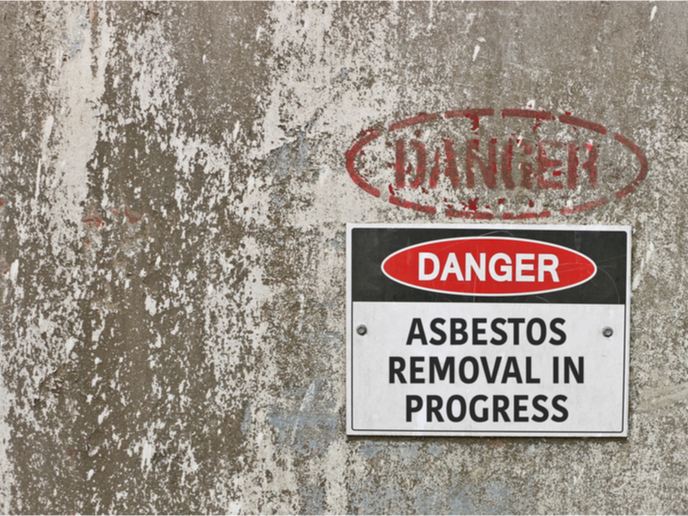High-tech sensors to streamline EU border surveillance
To bolster security at EU borders, particularly for long, porous and remote borders, border monitoring can be improved using rapid high-tech means such as airborne sensors. This could significantly improve the capabilities of EU border authorities such as Frontex and Eurosur (the EU's surveillance system that uses drones, reconnaissance aircraft, satellite remote sensing and offshore sensors). In this context, the EU-funded SUNNY(opens in new window) (Smart unattended airborne sensor network for detection of vessels used for cross border crime and irregular entry) project is developing solutions to upgrade current EU border monitoring capabilities. Keeping affordability and interoperability in mind, the project aims to deliver pre‐processed information with meaningful decision-support tools that requires less border surveillance manpower and expertise. To achieve its aims, SUNNY is developing smart unmanned aerial vehicles (UAVs) with a two‐tier sensor network. The first‐tier sensors, carried by vertical take‐off and landing UAVs, detect suspicious targets over large areas and provide global situation awareness. Subsequently, the second‐tier sensors track the targets and gather additional information to better assess possible threats and identify anomalies using novel algorithms. The new low-weight, low-cost sensors will be integrated into UAVs to provide high-resolution images in all weather conditions, day and night. They will exploit the latest wireless technologies and architectures to ensure rapid transfer of quality data and imaging. Already, the project team has considered the operational needs of the relevant EU countries. It outlined the requirements and specification of the sensors while taking into consideration privacy and ethical issues. Work on data acquisition and processing has also progressed significantly, in addition to testing and validation of different system components. Once the system is exploited, better coordination and collaboration among EU states on border issues are expected to emerge from it. The optimum sensors and data links in a system that is more compact, durable and affordable will facilitate uptake and adoption by authorities, helping to control EU borders in a much more efficient way.







